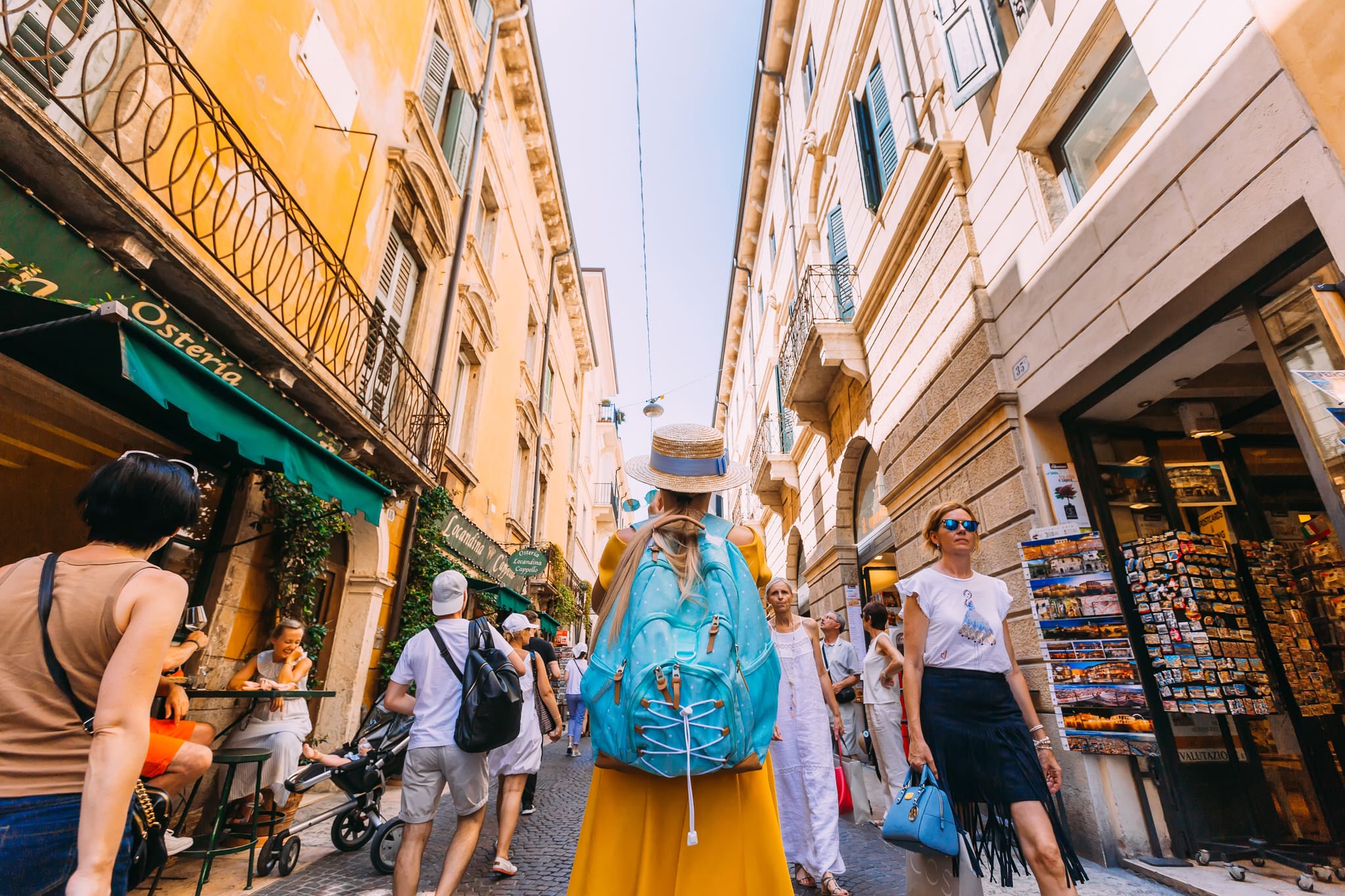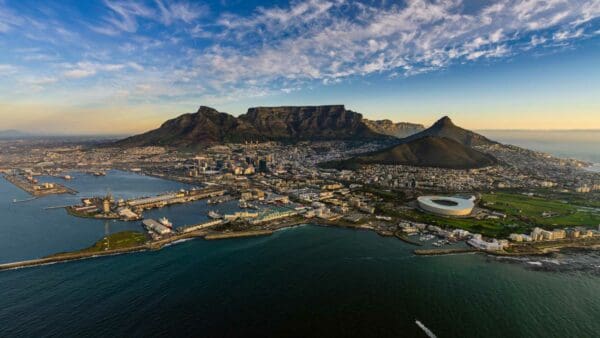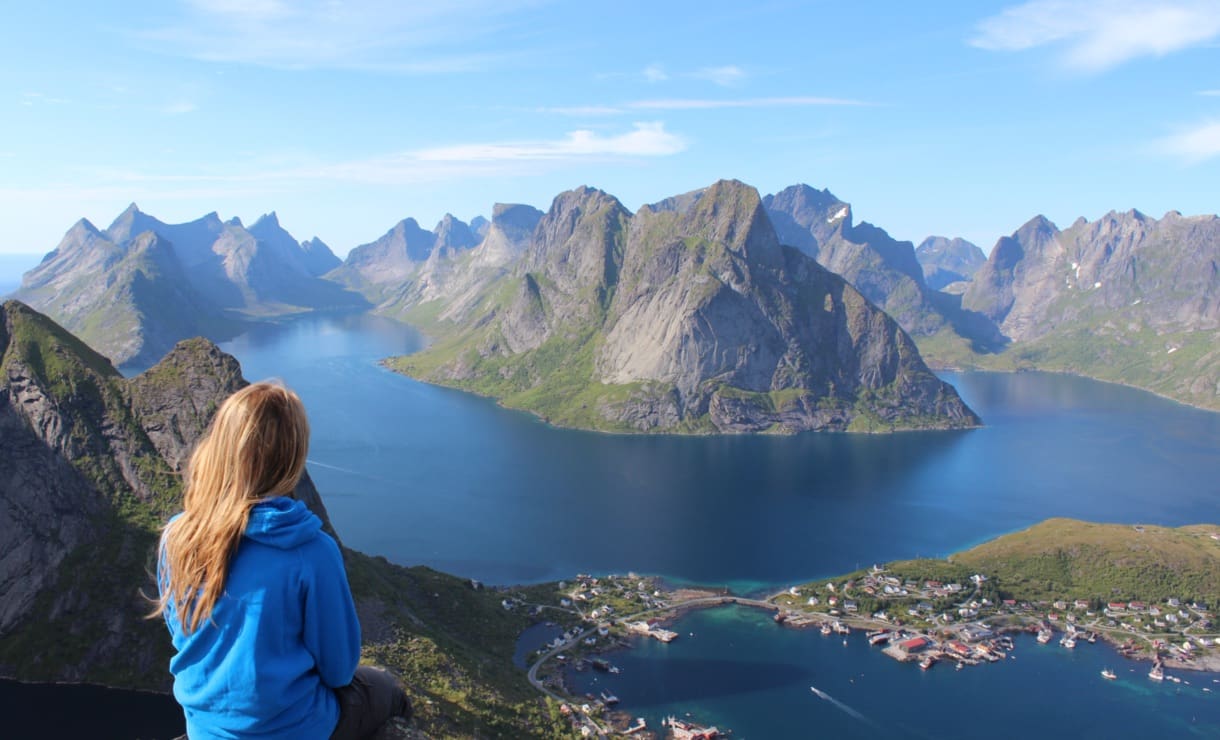One
of the most interesting perks about living in eleven different countries is the
opportunity to learn about their history, culture, and language. Not only are
we completely immersed in their lifestyle, but it also quickly becomes our own.
Upon entering Cambodia, we were briefed on the challenging history the country
had faced. Most of us did not know much about Cambodia, so it was great to have
some insight on where the people had come from and what their Buddhist beliefs
entailed.
We
learned that the country had experienced 30 years of warfare, with only now
living in its 14th year of peace. Because of the severe devastation
Cambodia had faced, 80% of it population is currently under the age of 30, 50%
under the age of 20, and only 3% live to be above the age of 65. Their average
income is less than $1 per day, and 93% of the country practices Buddhism,
following the laws of karma and seeking enlightenment/nirvana.
In
the week while I was gone, my teammates had the opportunity to visit one of the
“killing fields” from the war. I may not be a huge history buff, but upon
seeing the devastating effects of this war, my heart broke for the country of
Cambodia. I saw first hand how the men, women, and children are still striving
to rebuild their country, but how they are not without hope. Every morning we
stepped out of the church, we were greeted with smiling faces and cheerful “hellos!”
I believe the Lord has a great plan for this nation, so please join us in
prayer for these people as they strive to persevere through the bloodshed and
pain.
Here’s
a little bit of what my teammates experienced at the killing fields:
Blog: Lindsey Cook
Photos: Jeff Bray
The Killing Fields. Sounds intense, right? There are over 300 hundred so called “Killing Fields” throughout the country of Cambodia. During the 1970s a Communist dictatorship had control of the country, in an effort to create equality among all the people of Cambodia everyone was forced to move out into the country side and become rice or other crop producers. Anyone who had an advanced degree, wore glasses (because they made people look intelligent), or in any way seemed “above” others was put in prison and killed. One-fourth of the population of Cambodia died during the reign of the Khmer Rouge (the Red Khmer- Red for Communism, Khmer for the native people of Cambodia). Tens of thousands were murdered as political threats, but many died of disease and starvation because of forced labor. The people of Cambodia are still suffering the effects of this genocide; they are decades behind their neighboring countries in almost all academic, medical, and technological fields. Most of the country doesn’t have electricity, paved roads, good schools, or even access to medical care.
Skulls of the victims.
In order to remember the people killed by the Khmer Rouge, the current Cambodian government has documented and memorialized some of the previous killing fields, turning them into a place to learn and reflect on this time in Cambodia’s history. My teammates and I visited one of these killing fields outside of Phnom Penh, Choeung Ek. Thousands of people were killed in just this one killing field: men, women, children, government officials, soldiers of the Khmer Rouge, and even a few foreigners. One of the 80 mass graves contains the remains of over 100 women and children, the women with no clothing, and the babies with heads smashed in from being beaten against a tree next to the grave.
Clothes found in the mass graves.
Gruesome thoughts, but it was a reality so many of the people of Cambodia. None of the victims were killed using guns, (bullets were too expensive) so they were bludgeoned in the head with various farming equipment or had their throats slit using palm branches and then covered with DDT just in case some of them were buried alive. We listened to story after story of murder, rape, and torture as we walked around this now peaceful field that is the resting place for so many. Bones and clothing continue to be exposed as more of the soil washes away each rainy season, almost like a continued reminder of what happened in this place.
Bones and cloth that have surfaced recently from one of the grave sites.
We then visited a prison called S-21 where prisoners were held chained to the ground in tiny cells, or strapped to bed frames and tortured for hours and days at a time until they confessed to whatever crimes they had been accused of. After their confession they were transferred to the previously mentioned killing field and brutally murdered with farm equipment.
Political prisoners as well as every day people were held here: men, women, and children. When a prisoner was found to be guilty of whatever crimes they had been accused of, their entire family was then killed as well to prevent anyone being able to bring revenge on the Khmer Rouge in later years for the death of family members.
Some of the victims of the Khmer Rouge.
The children we taught in our English classes are the future of this country. Some of these children want so badly to learn more; they show up early for class so they can hear us speak English to the other classes. These children have so much to do, and so little preparation. I pray over this country and its next generation as they continue to rebuild their nation, as they grow and develop into the doctors, government workers, lawyers, business owners, pastors, and parents of Cambodia that the Lord will bless them, that He will make Himself known in that country and that He will wash over that whole nation with His mercy and grace. There is so much potential in Cambodia, I’ve seen just a small example in our village, but what I see gives me hope, gives me faith in the Lord’s plan for them and their nation.














